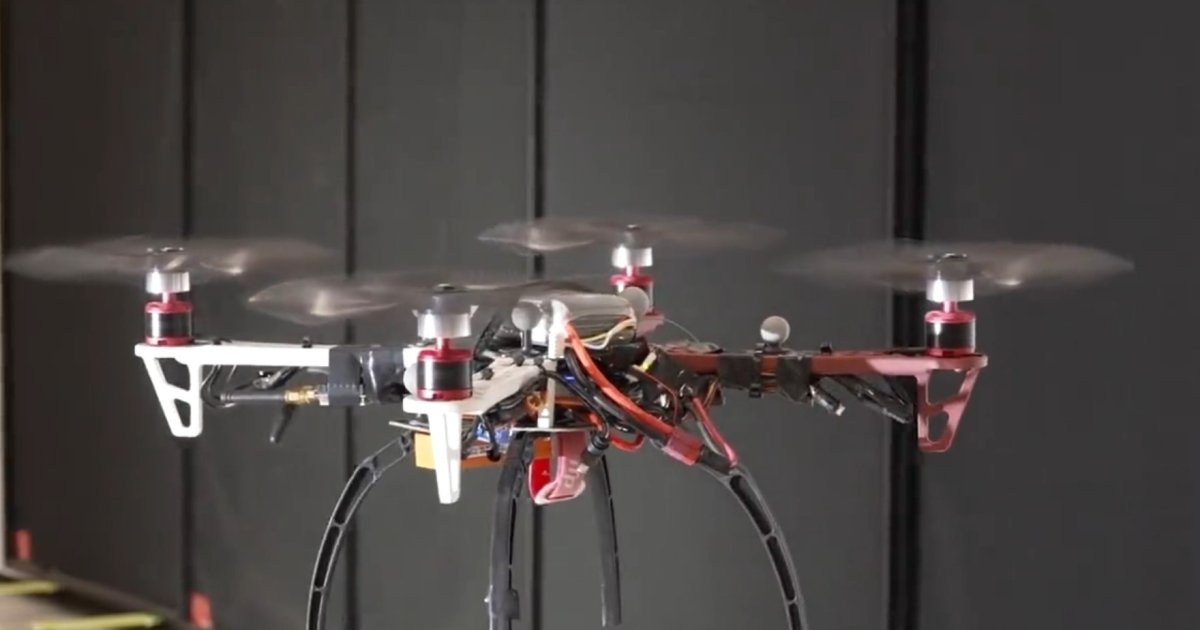An innovative British aerospace startup, Droneliner, is on a mission to drastically reduce the cost of airfreight by eliminating the need for a crew and implementing a cargo-friendly design. While airfreight is the quickest method of transporting goods, it also comes at a significantly higher price compared to other modes of transportation. The introduction of the Droneliner aircraft could change this by maximizing cargo space and optimizing fuel usage.
Currently, most cargo aircraft have cylindrical bodies with concave inner walls, resembling passenger-carrying airliners. However, this design results in wasted space when transporting traditional rectangular loads. Moreover, these loads are typically loaded and unloaded through the side of the plane, further complicating the process. Additionally, cargo space is sacrificed to accommodate the cockpit and crew.
In contrast, the Droneliner features a rectangular box-like shape with smooth edges, allowing standard 20-ft intermodal shipping containers to be effortlessly rolled on and off via ramps located at the front and rear of the aircraft. As the Droneliner is remotely piloted, there is no need to reserve space for an onboard crew.
The aircraft is propelled by one or two turbofan engines, depending on the Droneliner model, which can run on Sustainable Aviation Fuel (SAF) biofuel or hydrogen. Even when using conventional fuel, the aircraft’s hybrid drive system utilizes electrical power for taxiing, takeoff, and landing.
Droneliner has plans to produce two versions of the aircraft. The single-engine DL200 can accommodate 36 to 40 containers on two levels, carrying a maximum cargo weight of 200 tons (181 tonnes). The twin-engine DL350, on the other hand, has three levels and can transport 70 to 80 containers, with a maximum cargo weight of 350 tons (318 tonnes). Both models are designed to have a range of 6,500 nautical miles (12,038 km).
While the concept is still in the early stages, the potential impact of the Droneliner is substantial. The company predicts that the use of this innovative aircraft could reduce airfreight costs by over 70%. Furthermore, due to the cargo-optimized design and high payload-to-fuel ratio, the Droneliner is expected to significantly reduce fuel consumption and carbon emissions.
The introduction of the crew-less Droneliner could revolutionize the airfreight industry by making it a more cost-effective and environmentally friendly mode of transportation. With its cargo-friendly design and efficient fuel usage, the Droneliner has the potential to transform the way goods are transported by air, benefiting both businesses and the environment. As Droneliner continues to develop its concept, the future of airfreight looks promising.
*Note:
1. Source: Coherent Market Insights, Public sources, Desk research
2. We have leveraged AI tools to mine information and compile it




